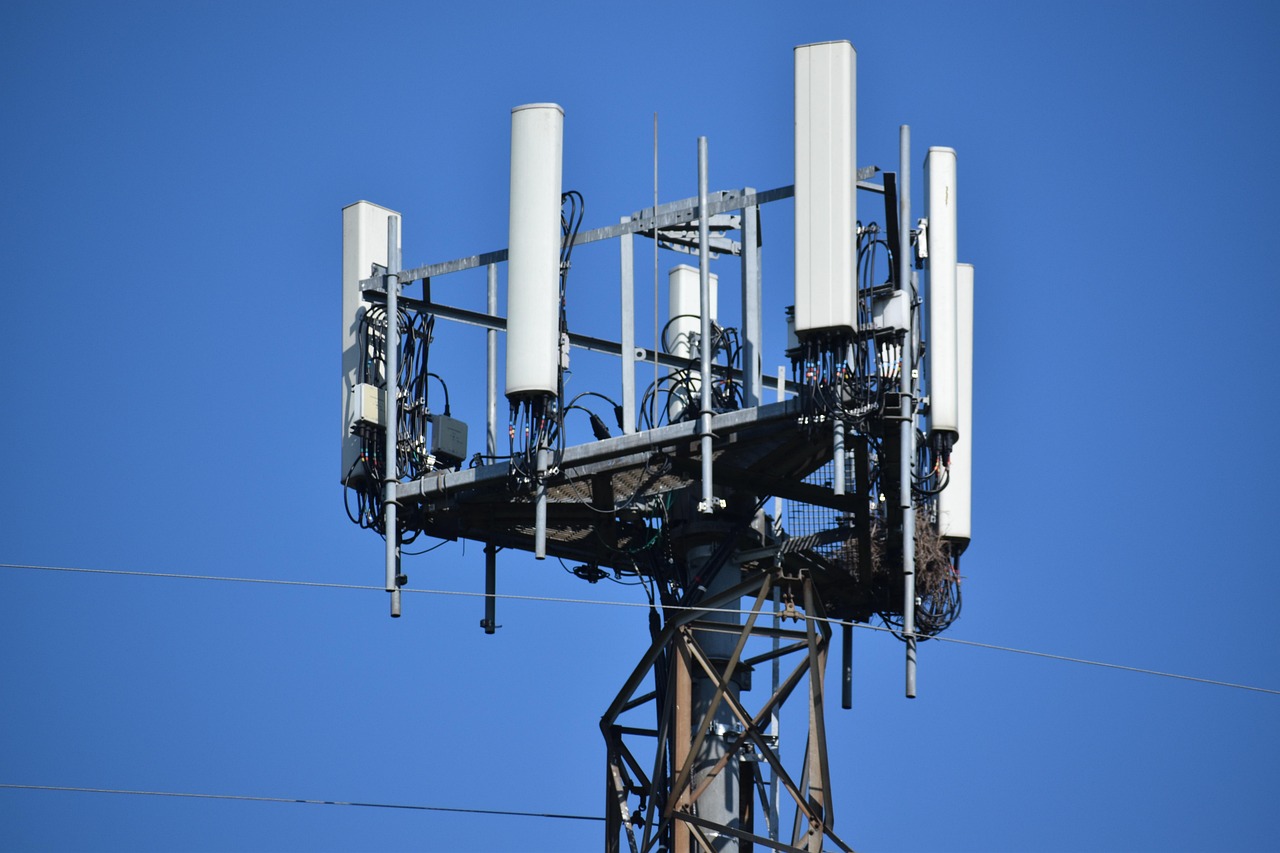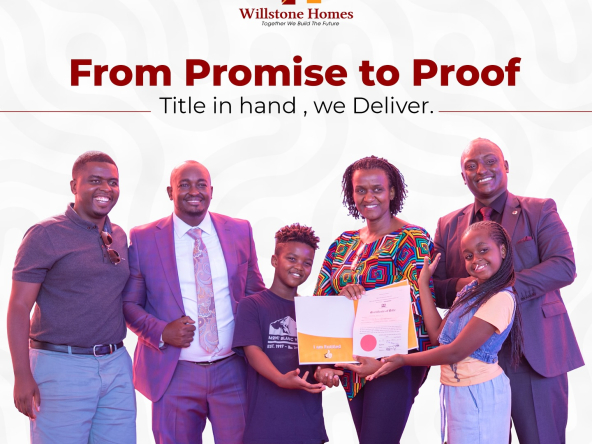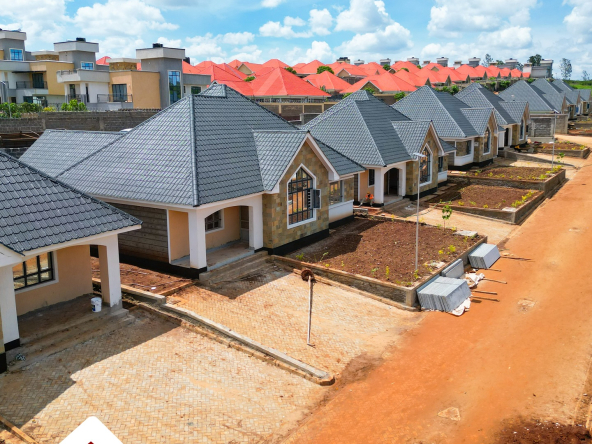For decades, the mantra in real estate has been “location, location, location.” Proximity to schools, shopping centers, transport networks, and amenities has traditionally dictated property prices. But in the digital age, a new type of amenity is quietly reshaping the market: connectivity.
In Kenya, the rollout of 5G technology by major operators like Safaricom has triggered debates about its impact not only on digital lifestyles but also on the real estate market. As businesses, remote workers, and families increasingly rely on high-speed data for education, work, and entertainment, a key question arises: does proximity to 5G coverage increase property value, or could it reduce it due to aesthetic and health concerns?
This article explores the emerging relationship between 5G towers and property prices in Kenya. It draws insights from global studies, local market dynamics, and real-world data, and concludes with a discussion of whether connectivity could create a new class of location value in the Kenyan real estate landscape.
The Rise of Connectivity as a Property Amenity

In real estate economics, the term “amenity premium” refers to the higher value buyers or renters attach to desirable features like good schools, transport hubs, or scenic views. Increasingly, internet speed and mobile connectivity are joining that list.
The “connectivity premium” describes the added value attributed to properties with fast, reliable broadband or mobile data coverage. This shift is particularly pronounced in markets like Nairobi, Mombasa, and Kisumu, where urban professionals, multinational corporations, and digital entrepreneurs drive demand for high-speed internet.
Globally, studies show that homes with better connectivity consistently sell or rent at higher rates. The reasons are clear:
- Remote work demands low latency and reliable internet.
- Education is increasingly online-first, from Zoom classes to digital research.
- Streaming and gaming are mainstream household activities.
- Smart homes and IoT devices require uninterrupted connectivity.
The question is not whether connectivity matters—it does. The real debate is whether Kenya’s adoption of 5G will reshape property pricing in a measurable, enduring way.
Read Also: How Artificial Intelligence in Real Estate is Impacting Real Estate Investing in Africa
Global Evidence: Connectivity Increases Value

Several international studies give us a baseline for understanding the potential Kenyan market impact:
- Germany – A study using spatial regression analysis found that access to high-speed internet (~16 Mbps) increased sale prices by 8% and rents by 3.8% compared to slower speeds.
- United States – Properties with broadband of at least 25 Mbps had 3–5% higher values than those with slower internet.
- United Kingdom – The roll-out of higher-speed broadband between 1995–2010 correlated with incremental rises in house prices, particularly in rural areas.
However, global data also highlight risks. In Johannesburg, South Africa, a study showed homes within visible range of large cell towers lost up to 9.8% in value, suggesting aesthetics and health fears can counteract connectivity benefits.
Kenya’s 5G Rollout: Context Matters
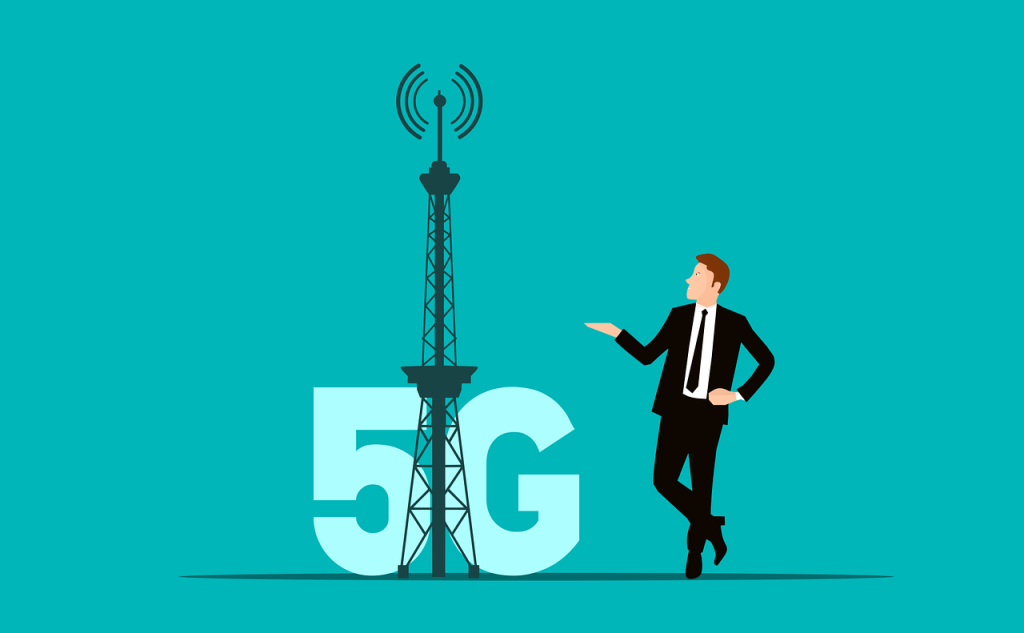
Kenya is often dubbed “Silicon Savannah” for its thriving tech ecosystem. With M-Pesa transforming financial inclusion, Nairobi’s innovation hubs buzzing with startups, and increasing government emphasis on digital economy growth, Kenya is fertile ground for advanced mobile connectivity.
- 5G Deployment: Safaricom began commercial 5G rollout in 2021, with coverage now spreading across Nairobi, Kisumu, Kakamega, and other urban centers. Airtel is also investing heavily in expanding its 5G network.
- Adoption Curve: While 5G-compatible devices are still expensive, growing middle-class adoption is expected to accelerate demand.
- Remote Work Shift: COVID-19 normalized work-from-home setups, reinforcing the importance of reliable connectivity.
- Urban-Rural Divide: While Nairobi and Mombasa will benefit first, rural and peri-urban markets may see slower roll-out, risking a connectivity-based inequality in property pricing.
Read Also: Why Design Visioning Safeguards Property Value
Property Prices vs Connectivity in Nairobi
To illustrate how connectivity might influence property values in Kenya, we present a hypothetical model based on global studies and Nairobi market data.
Table: Connectivity and Property Prices
| Neighborhood | 5G Coverage Level* | Avg Property Price (KSH/m²) | Avg Price Without 5G (KSH/m²) | Connectivity Premium (%) |
|---|---|---|---|---|
| Westlands | Very High | 150,000 | 140,000 | 7.1% |
| Kilimani | High | 145,000 | 135,000 | 7.4% |
| Parklands | Medium-High | 130,000 | 125,000 | 4.0% |
| Kamulu (Satellite) | Low | 70,000 | 65,000 | 7.7% |
| Athi River | Low-Medium | 60,000 | 58,000 | 3.4% |
*Coverage levels derived from operator deployment data and signal availability (approximate).
Key takeaway: In neighborhoods with high 5G penetration, properties may command a 3–8% premium compared to similar locations without reliable 5G access.
Chart: Connectivity Score vs Price
Below is a simple chart showing the relationship between connectivity score (0–10 scale) and property price per square meter.

Insight: Prices trend upward as connectivity improves, though the curve eventually flattens. This reflects diminishing returns once connectivity is “good enough” for everyday digital life.
The Trade-Offs: Benefits vs Risks
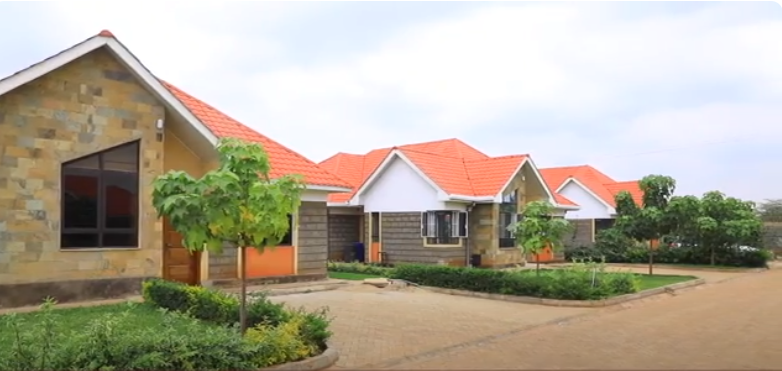
While the promise of a connectivity premium is enticing, there are real trade-offs that could impact property values negatively.
Benefits of Proximity to 5G Coverage
- Faster internet for work, education, and entertainment.
- Attractiveness to younger, tech-savvy buyers.
- Enhanced potential for smart homes, IoT, and security systems.
- Future-proofing properties for long-term value.
Risks of Proximity to Towers
- Aesthetic concerns: Visible cell towers may reduce neighborhood appeal.
- Health perceptions: Even without scientific consensus, fear of radiation can reduce buyer interest.
- Noise/space usage: Large infrastructure installations may disturb communities.
- Zoning disputes: Poorly planned tower placements can trigger litigation or community resistance.
Who Gains the Most?
- Urban Professionals & Remote Workers – Demand reliable connections; willing to pay a premium for areas with strong 5G.
- Developers of Smart Homes – Can market 5G-ready homes at higher prices.
- Commercial Real Estate Owners – Businesses, co-working spaces, and tech hubs will prioritize properties with strong coverage.
Meanwhile, some demographics—such as retirees or rural homeowners—may not value 5G as highly, limiting its impact on property values in certain areas.
Read Also: How Community-Centered Amenities Redefine Property Worth in Kenya
Policy & Developer Implications

For Policymakers
- Integrate digital infrastructure planning with urban zoning laws.
- Enforce tower design standards to minimize aesthetic disruptions.
- Address public concerns with transparent communication on safety.
For Developers
- Market 5G-ready homes as a premium product.
- Consider integrating indoor 5G boosters or fiber-to-home as complementary services.
- Use hidden or aesthetic-friendly designs for towers near residential developments.
For Buyers & Investors
- Evaluate both benefits (connectivity premium) and risks (tower visibility).
- Consider long-term adoption trends—today’s “premium” could become tomorrow’s “standard.”
- Compare similar properties with and without strong 5G coverage before making decisions.
A New Class of Location Value?

Connectivity is rapidly becoming a new dimension of location value in Kenya’s real estate market. While traditional factors like transport and schools remain critical, the digital economy is pushing connectivity to the forefront.
Early evidence suggests that in neighborhoods with strong 5G coverage, property prices could see premiums of 3–8%, driven by demand from professionals, digital entrepreneurs, and businesses. Yet, poorly planned tower deployments may have the opposite effect, reducing value where infrastructure is too visible or raises safety concerns.
The real estate industry, policymakers, and buyers must now grapple with this duality: 5G towers are both a value creator and a potential value destroyer. Ultimately, connectivity is set to become a permanent fixture in how we define “prime property” in Kenya.

